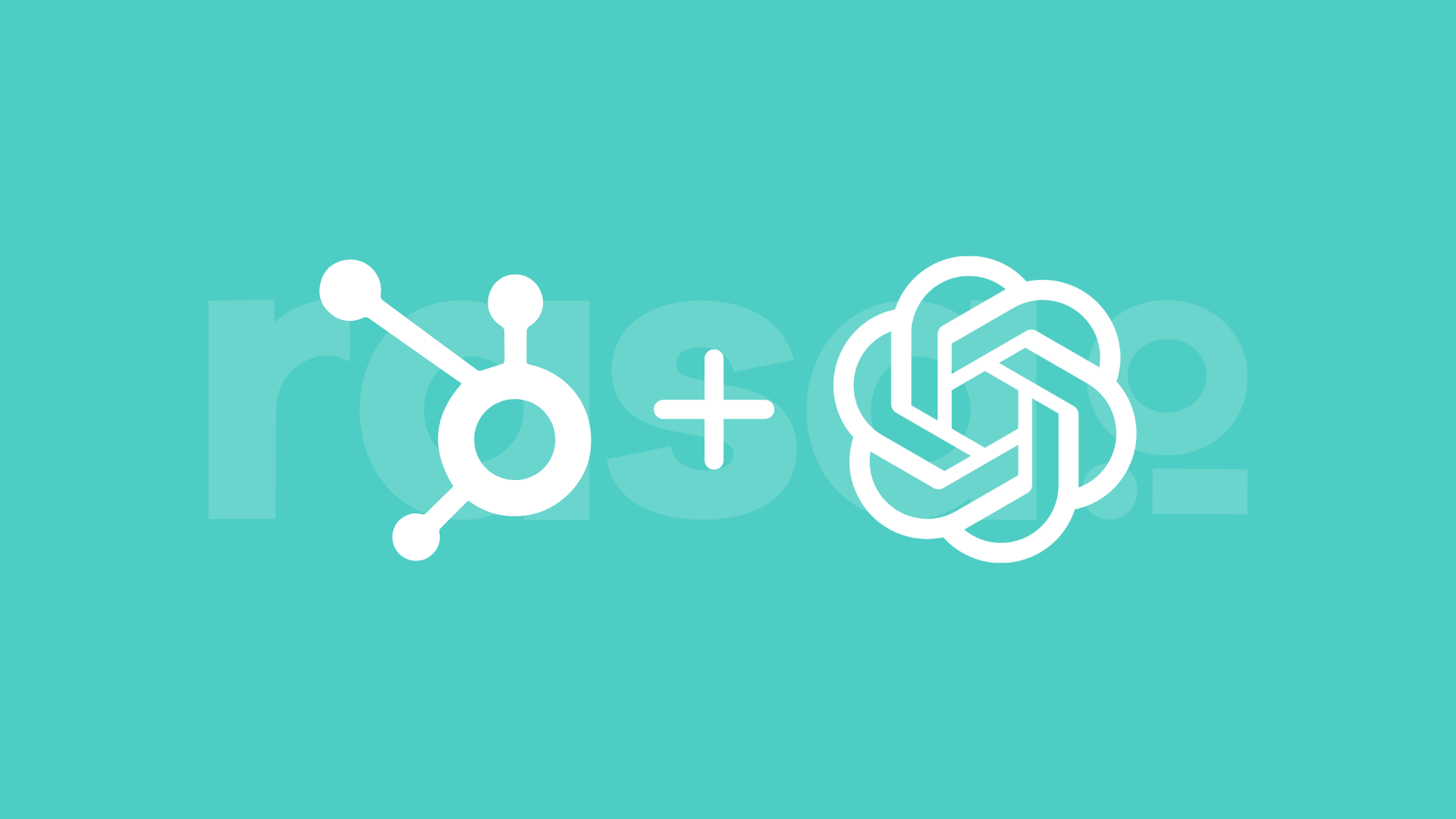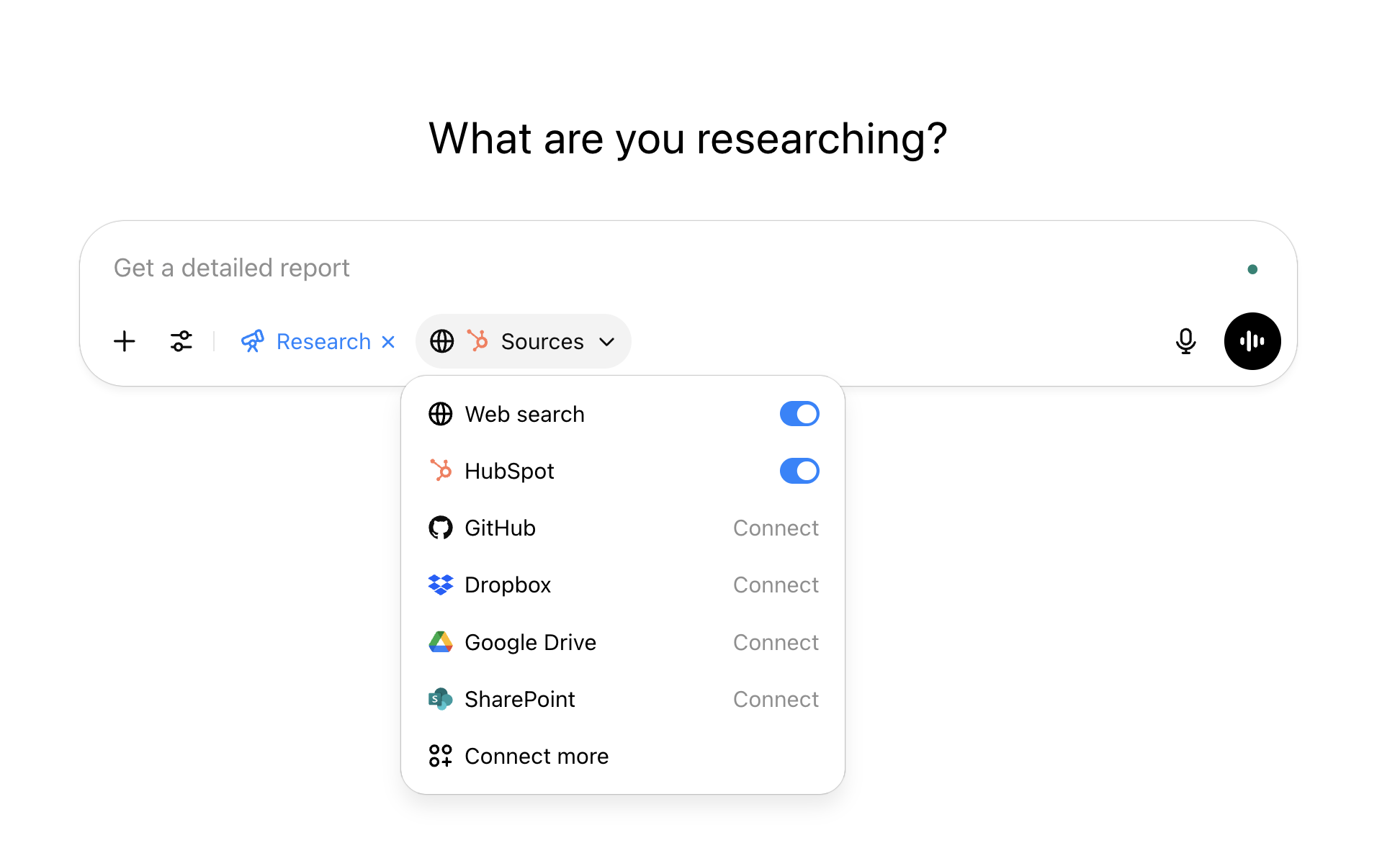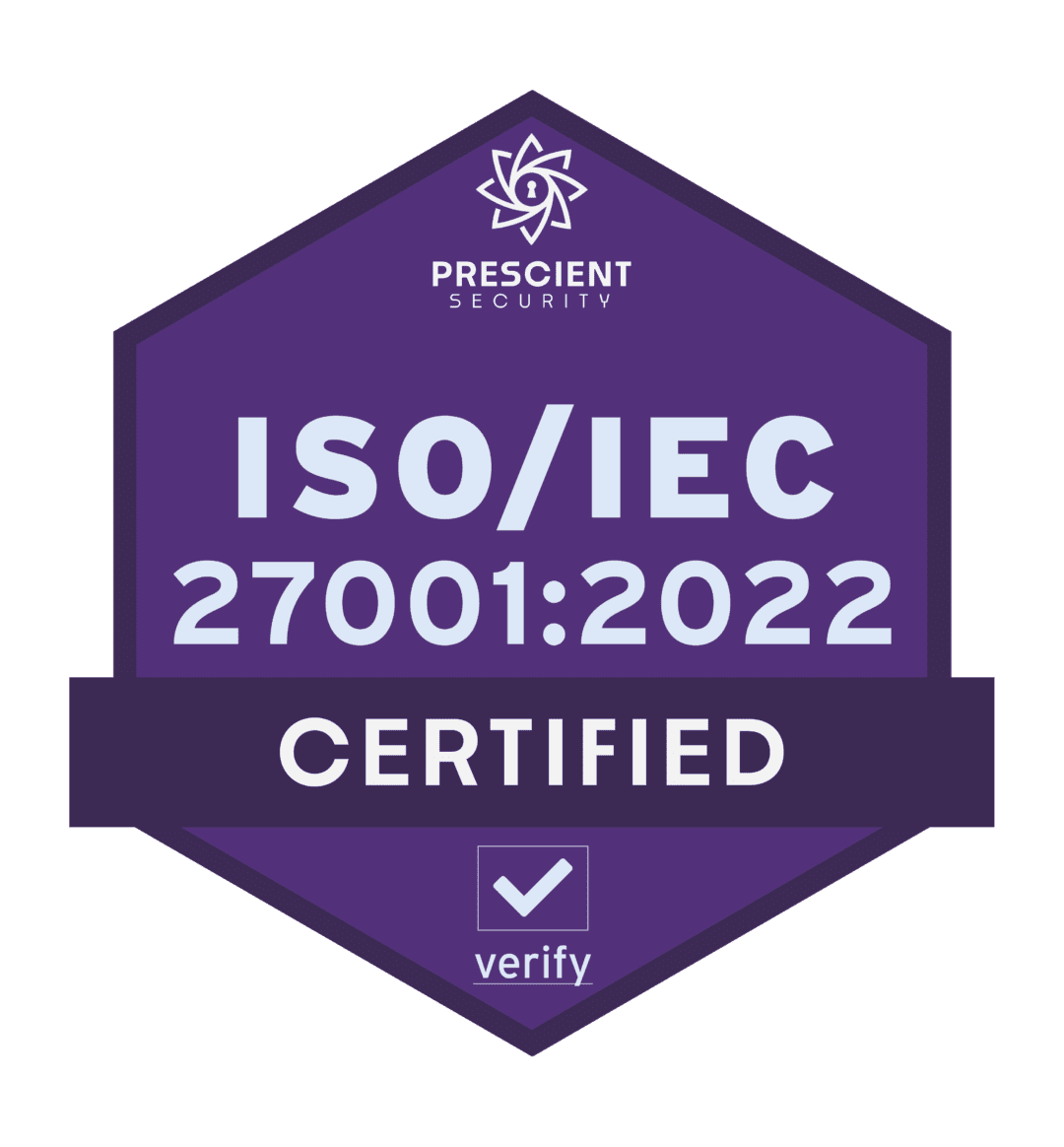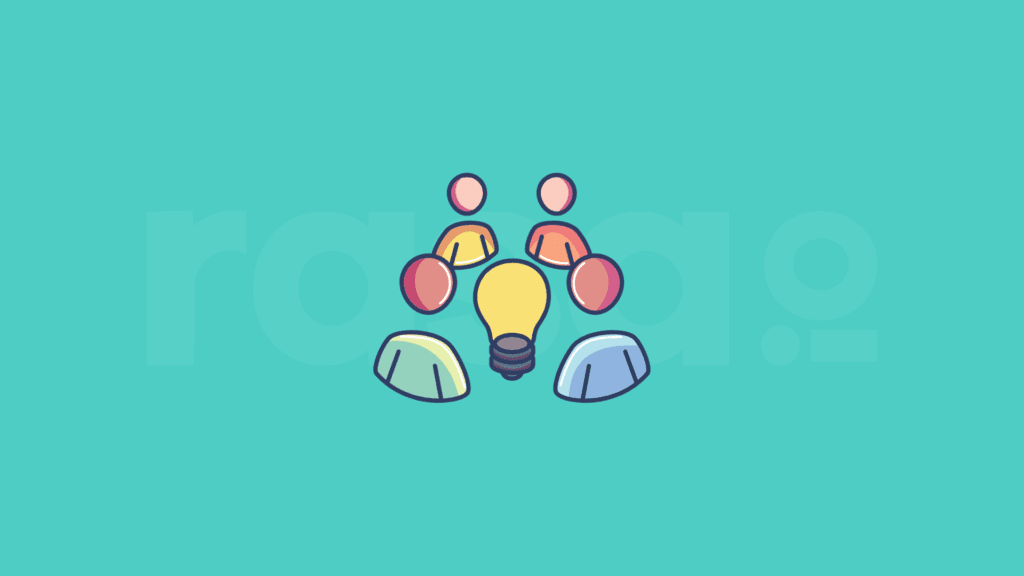Let me state for the record: I’ve been waiting for an integration like this for months. HubSpot recently launched the first CRM deep research connector with ChatGPT, and for once, an AI integration that actually delivers on its promise.
Here’s what’s different: instead of ChatGPT giving you generic advice, it can now dive directly into your actual contact data and provide specific, actionable insights. This isn’t theoretical AI anymore—it’s AI that knows your system.
Key Takeaways
- HubSpot’s new ChatGPT integration enables direct CRM data analysis through natural language queries
- The connector maintains existing security permissions while accessing contacts, companies, deals, and tickets
- Setup requires only a paid ChatGPT plan and HubSpot admin access, with a simple two-minute configuration
- Particularly valuable for associations and organizations without dedicated analysts
- The integration is read-only, ensuring data safety while providing deep analytical capabilities
- Represents a practical AI implementation that enhances existing workflows rather than replacing them
What This Actually Does
The connector lets ChatGPT access your HubSpot contacts, companies, deals, and tickets. But here’s the kicker—it respects your existing permissions. Sales reps only see their deals, managers see their team’s data, and admins see everything. The security model actually makes sense.
You can ask questions like “find my highest-converting cohorts from recent contacts and create a tailored nurture sequence” or “segment my target companies by annual revenue and identify top expansion opportunities.” ChatGPT spends several minutes analyzing your real data, then provides detailed recommendations with direct links back to HubSpot records.
The Setup Is Surprisingly Simple
If you’re a HubSpot admin with a paid ChatGPT plan, setup takes about two minutes:
- Go to ChatGPT and click “Tools” → “Run deep research”
- Under Sources, click HubSpot or “Connect more” to find it
- Authenticate your HubSpot account and voila
- Toggle HubSpot on when you want to use it
That’s it. No API keys, no developer gymnastics, no custom integrations. It just works.
Where This Gets Interesting for Associations
While HubSpot positioned this for traditional sales teams, the applications for associations are compelling. Imagine asking ChatGPT to “analyze member engagement patterns by industry and recommend retention strategies for at-risk segments” or “identify members most likely to upgrade to premium tiers based on event attendance and resource usage.”
The connector can surface insights that would normally require hours of manual data analysis. Which member segments have the highest lifetime value? What engagement patterns predict renewals? Which companies are prime candidates for corporate memberships?
Personalized Email Engagement Using AI
With the rasa.io’s Campaign tool, create email campaigns
tailored to each individual.
The Honest Assessment
This integration succeeds where most AI+CRM combinations fail: it’s genuinely useful without being overly complicated. ChatGPT’s natural language interface makes complex data analysis accessible to non-technical users, while the deep research mode ensures thorough analysis rather than quick surface-level responses.
The limitations are reasonable: it’s read-only (can’t modify your HubSpot data), requires a paid ChatGPT plan, and currently only works on the web version. But for CRM analysis and insight generation, these constraints actually make it safer to use.
Why This Matters
Over 75% of HubSpot customers already use ChatGPT, according to HubSpot’s own data. This connector finally bridges the gap between “AI that knows everything about the world but nothing about your business” and “AI that can actually help with your specific challenges.”
For organizations drowning in CRM data but lacking dedicated analysts, this could be transformative. The barrier to sophisticated customer analysis just dropped significantly.
My verdict: HubSpot and OpenAI actually delivered something genuinely useful here. It’s not revolutionary, but it’s exactly the kind of practical AI integration we need more of—one that makes existing workflows smarter rather than trying to replace them entirely.
Time to start asking better questions about your customer data.













